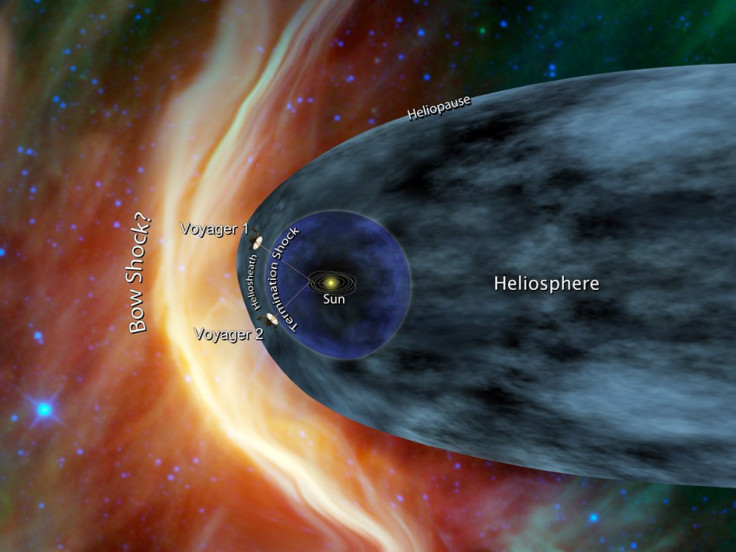Nasa’s Voyager 1 Will Be First Spacecraft To Reach Interstellar Space

Voyager 1 will reach the edge of our solar system, the first spacecraft to reach interstellar space.
Scientists found this when they analysed data sent by Voyager 1, which showed that there was a drastic increase in the intensity of charged particles from beyond our solar system. They believed that these energetic particles were generated when stars in our cosmic neighbourhood went supernova.
"The laws of physics say that someday Voyager will become the first human-made object to enter interstellar space, but we still do not know exactly when that someday will be," said Ed Stone, Voyager project scientist at the California Institute of Technology in Pasadena. "The latest data indicate that we are clearly in a new region where things are changing more quickly. It is very exciting. We are approaching the solar system's frontier."
Voyager 1 is a 722-kilogram space probe launched by Nasa in 1977 to study the outer solar system and the interstellar space. Finally after 34 years the space is near the edge of our solar system.
Along with Voyager 1, scientists had also launched Voyager 2 which is more than 9.1 billion miles (14.7 billion kilometres) away from the sun. Both are operating as part of the Voyager Interstellar Mission, an extended mission to explore the solar system outside the neighbourhood of the outer planets and beyond. Nasa's Voyagers are the two most distant active representatives of humanity and its desire to explore.
"When the Voyagers launched in 1977, the space age was all of 20 years old," said Stone. "Many of us on the team dreamed of reaching interstellar space, but we really had no way of knowing how long a journey it would be - or if these two vehicles that we invested so much time and energy in would operate long enough to reach it."
Scientists believe that when Voyager enters interstellar space, it will reveal a major change in the measurement of the direction of magnetic field lines surrounding the spacecraft. While Voyager is still within the heliosphere, these field lines run east-west. When Voyager passes into interstellar space, they would find that the magnetic field lines orient in a more north-south direction.
The details about the changes in the magnetic field lines will give more clues about our solar system and the Universe.
© Copyright IBTimes 2025. All rights reserved.




















